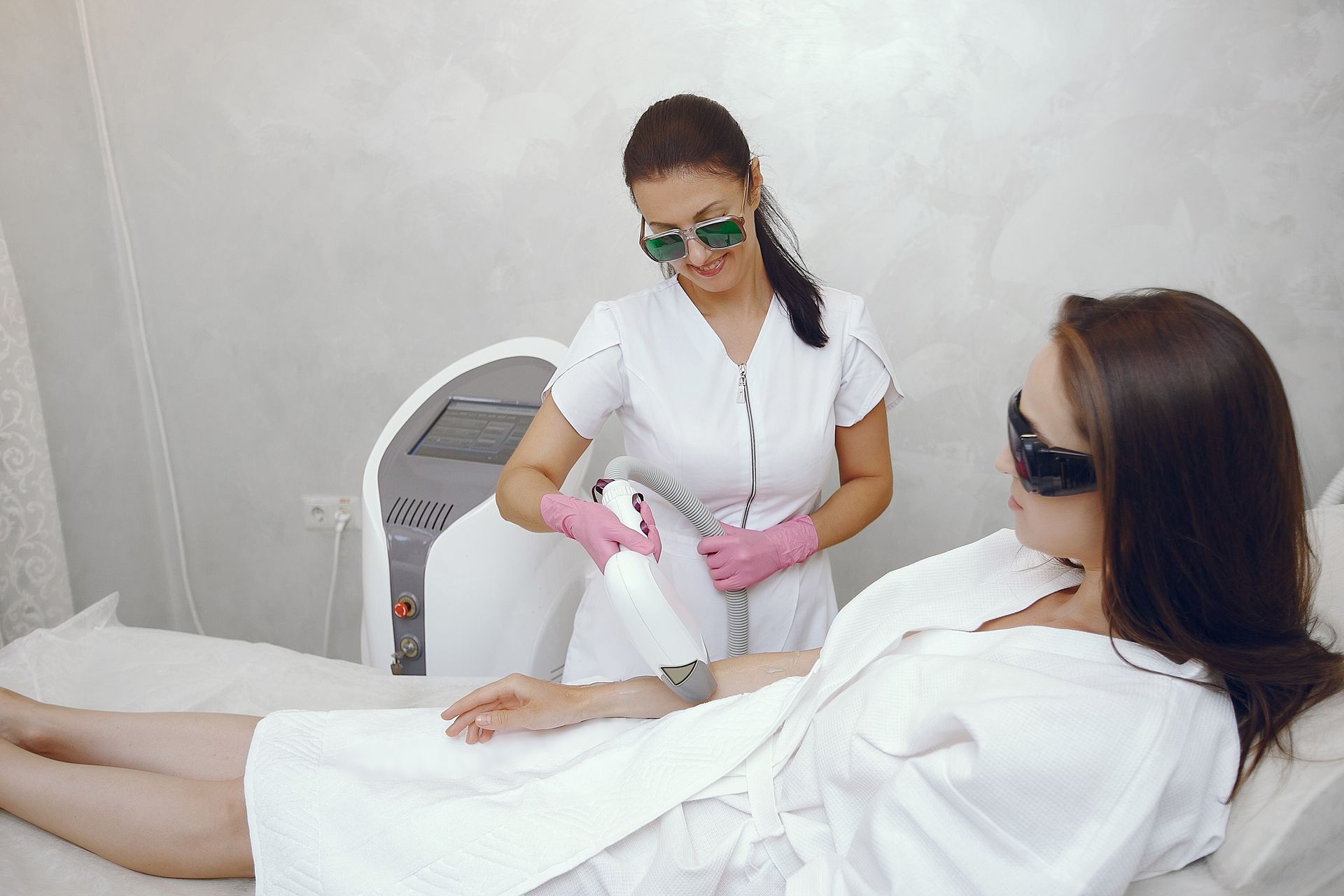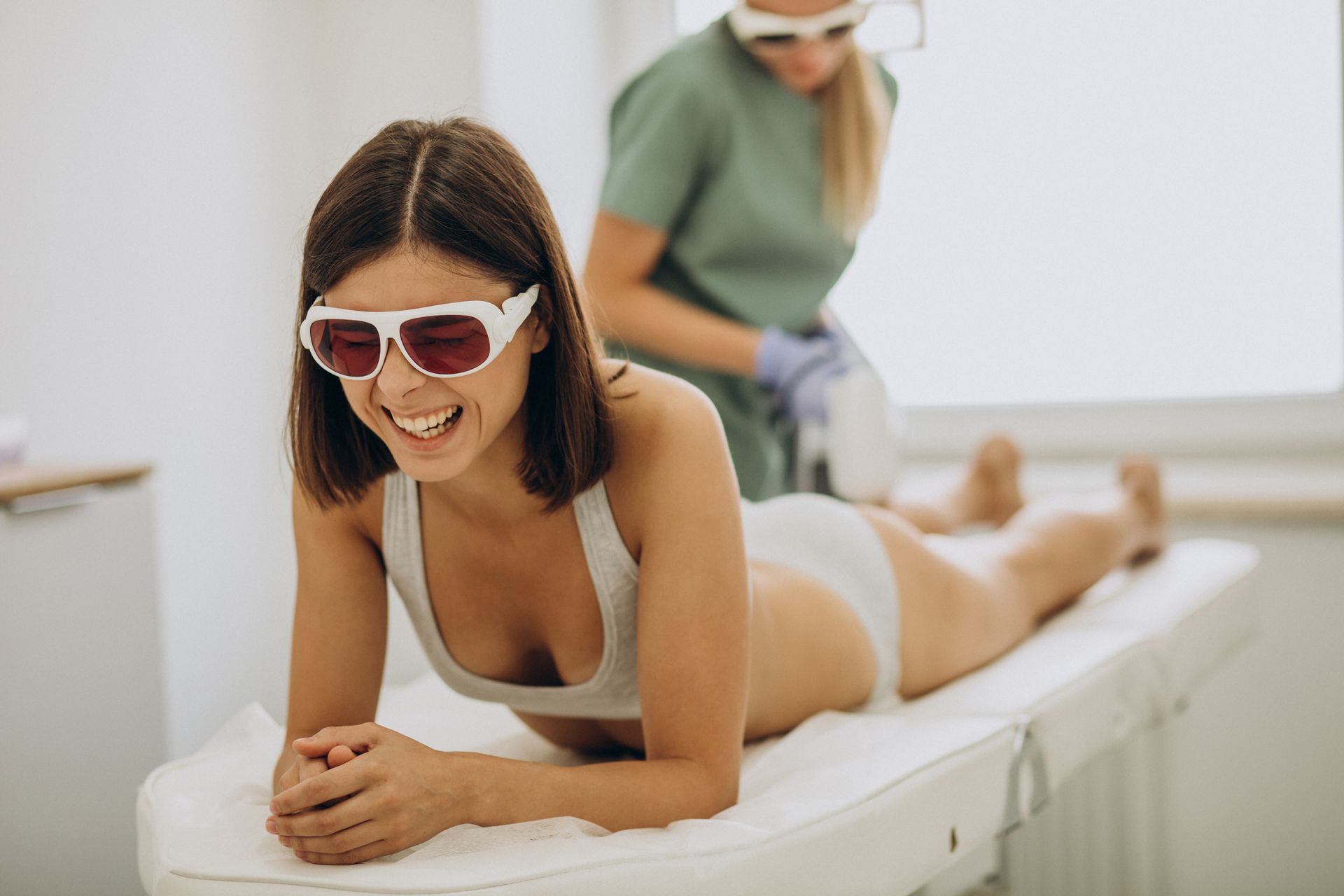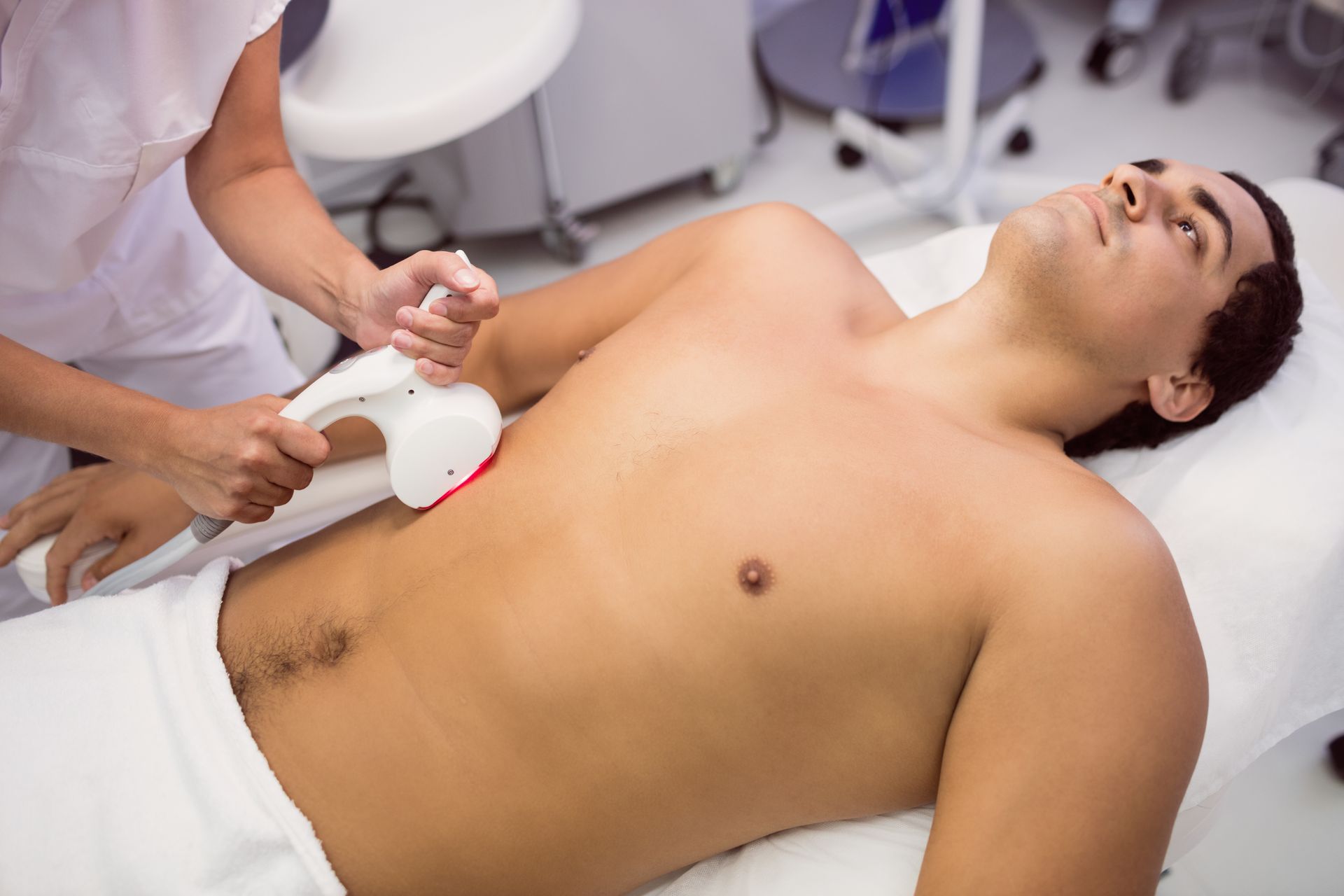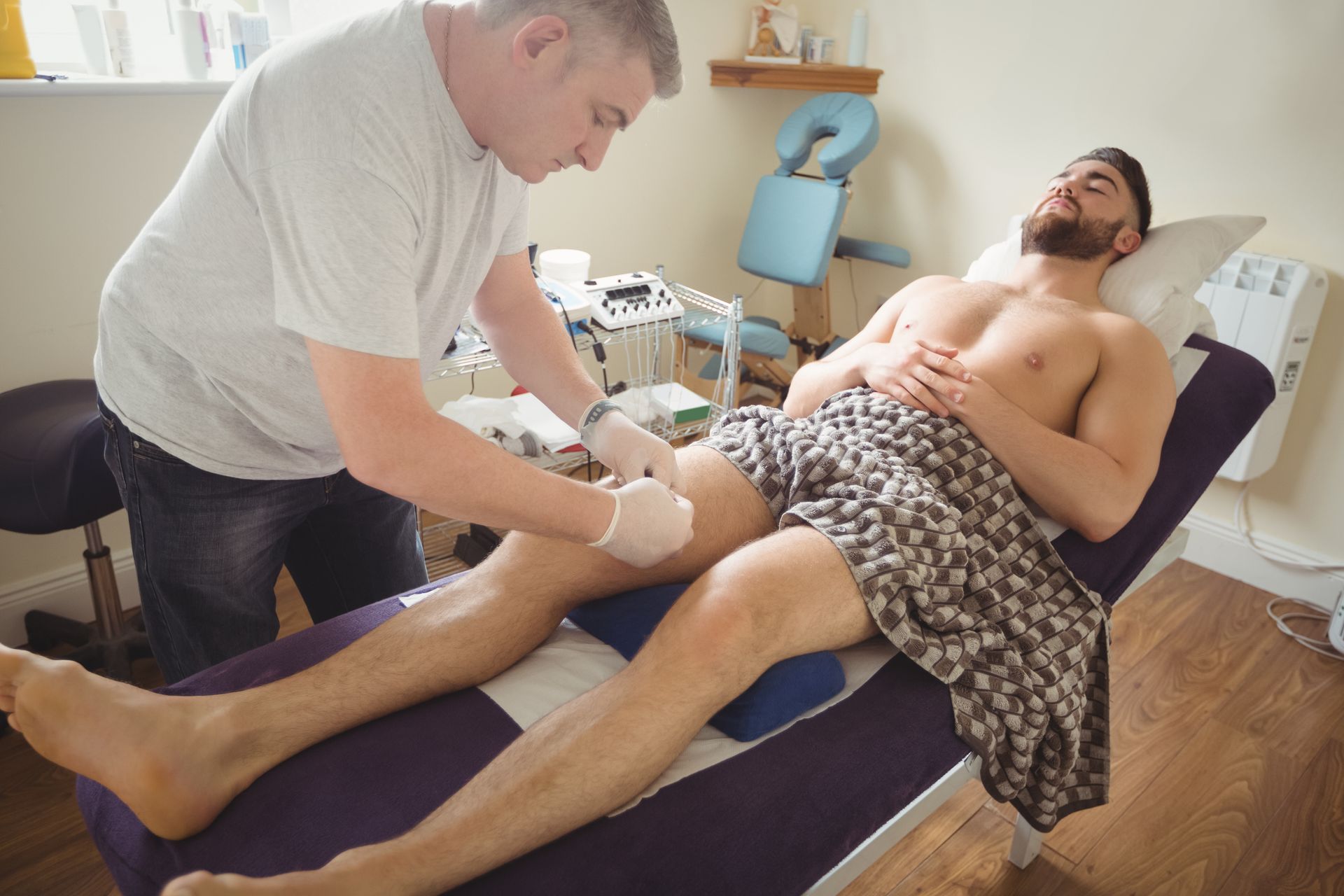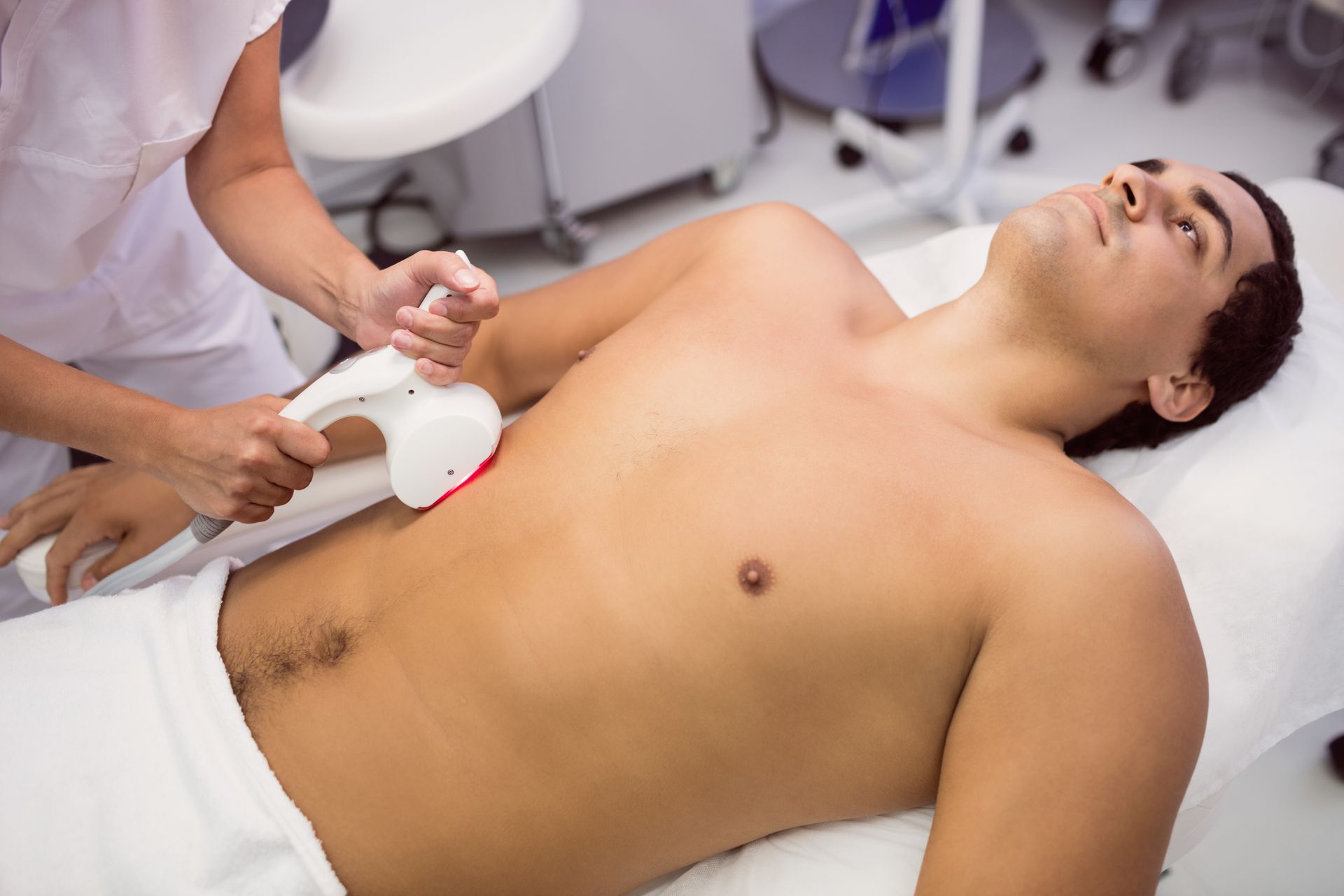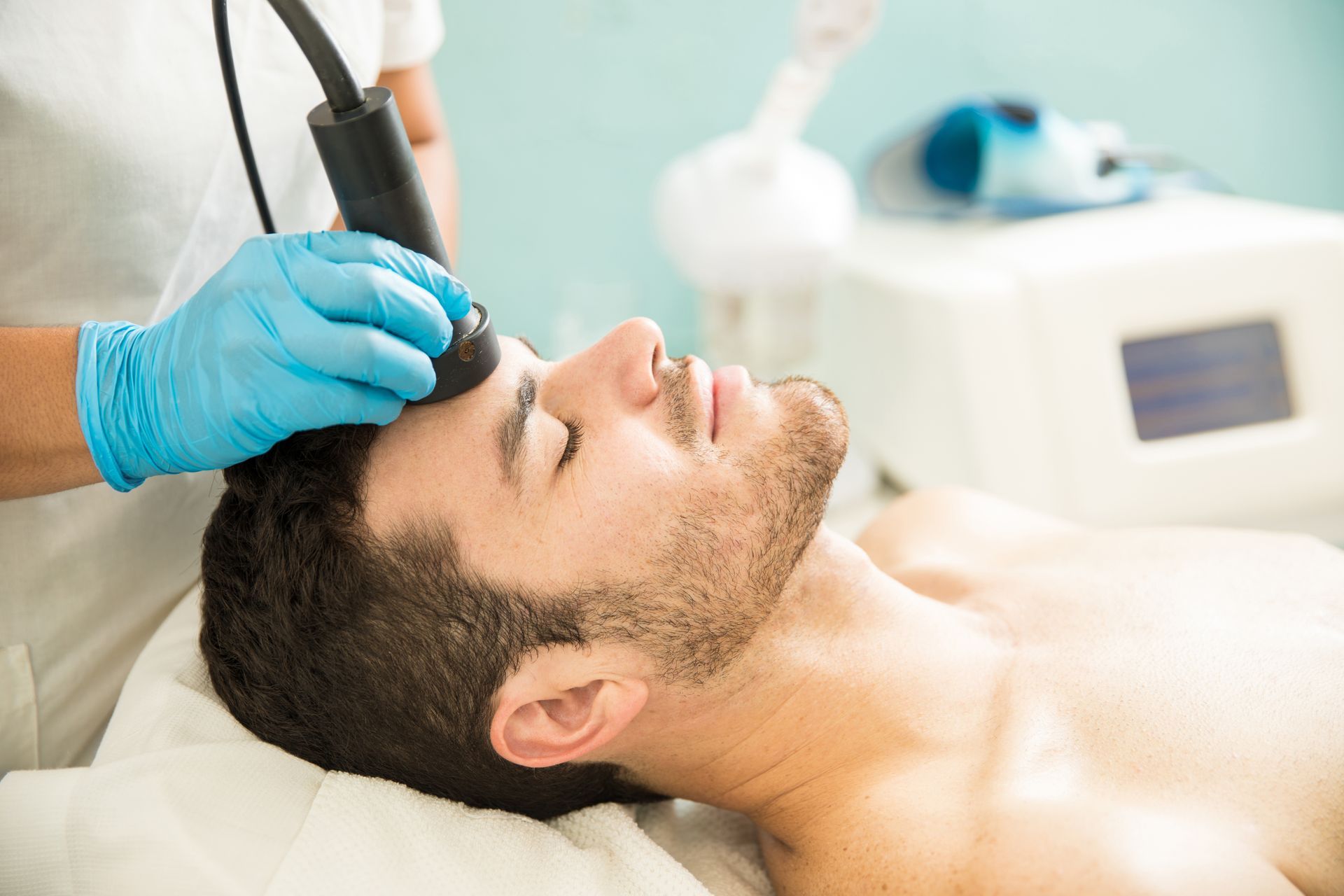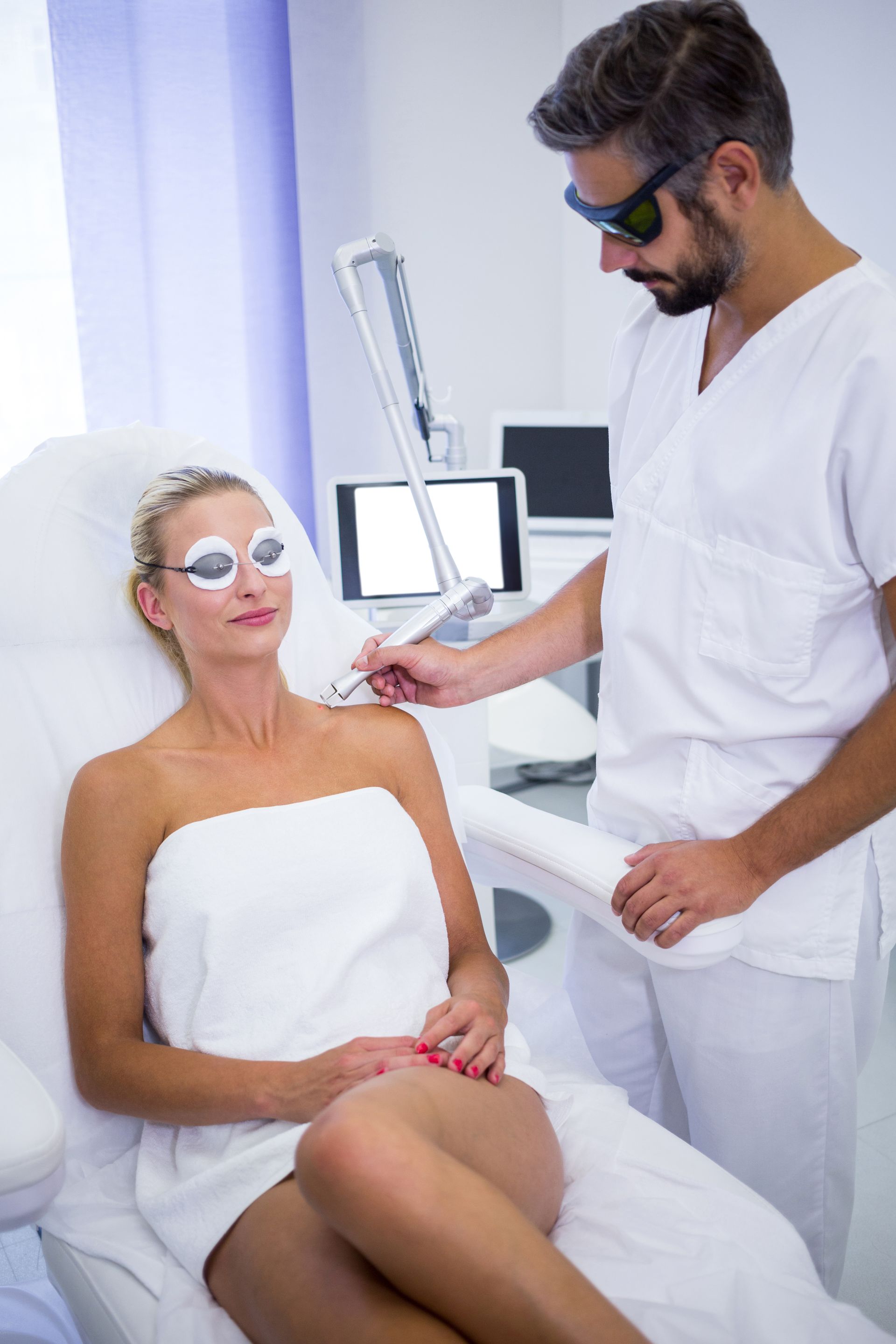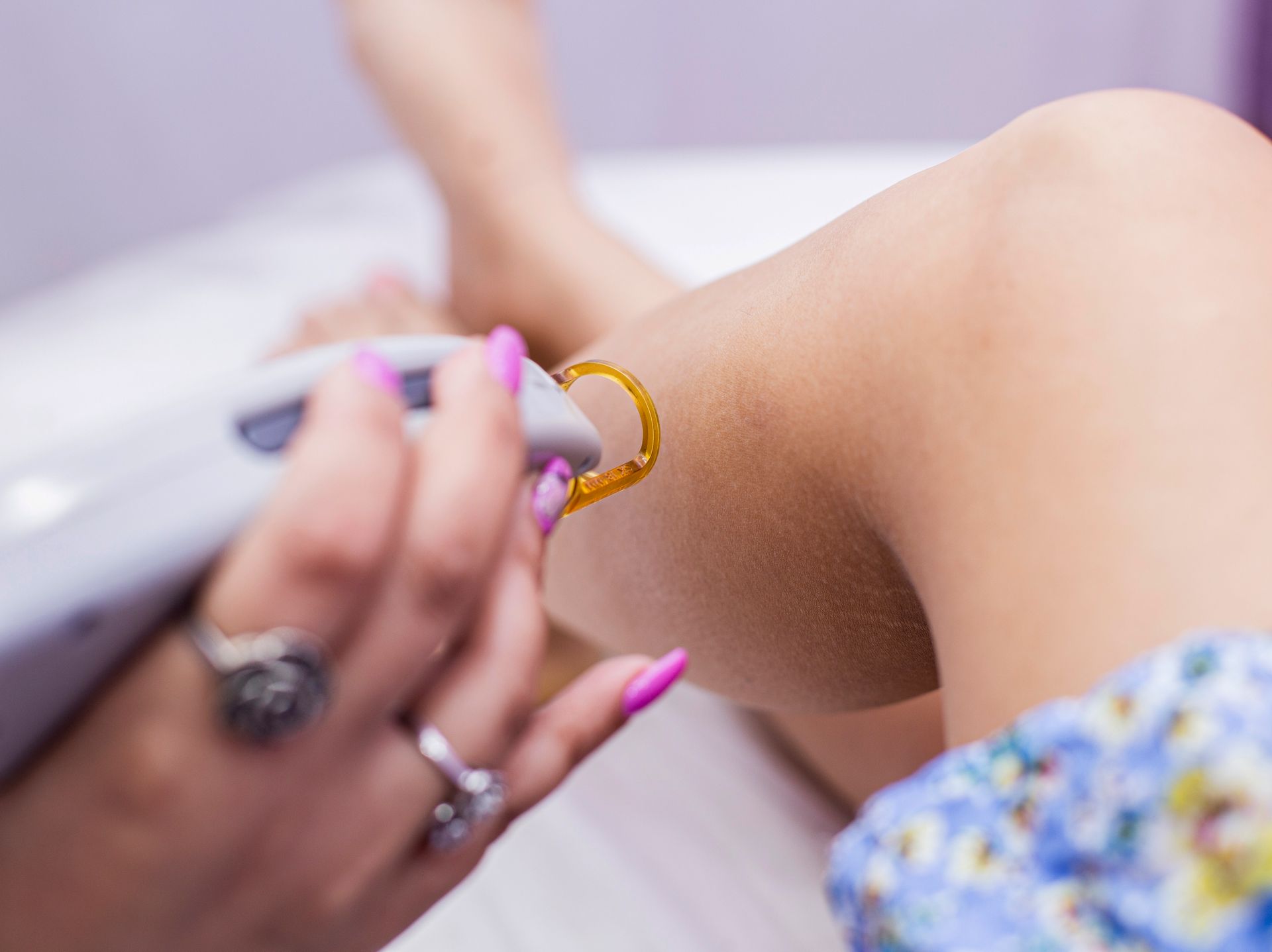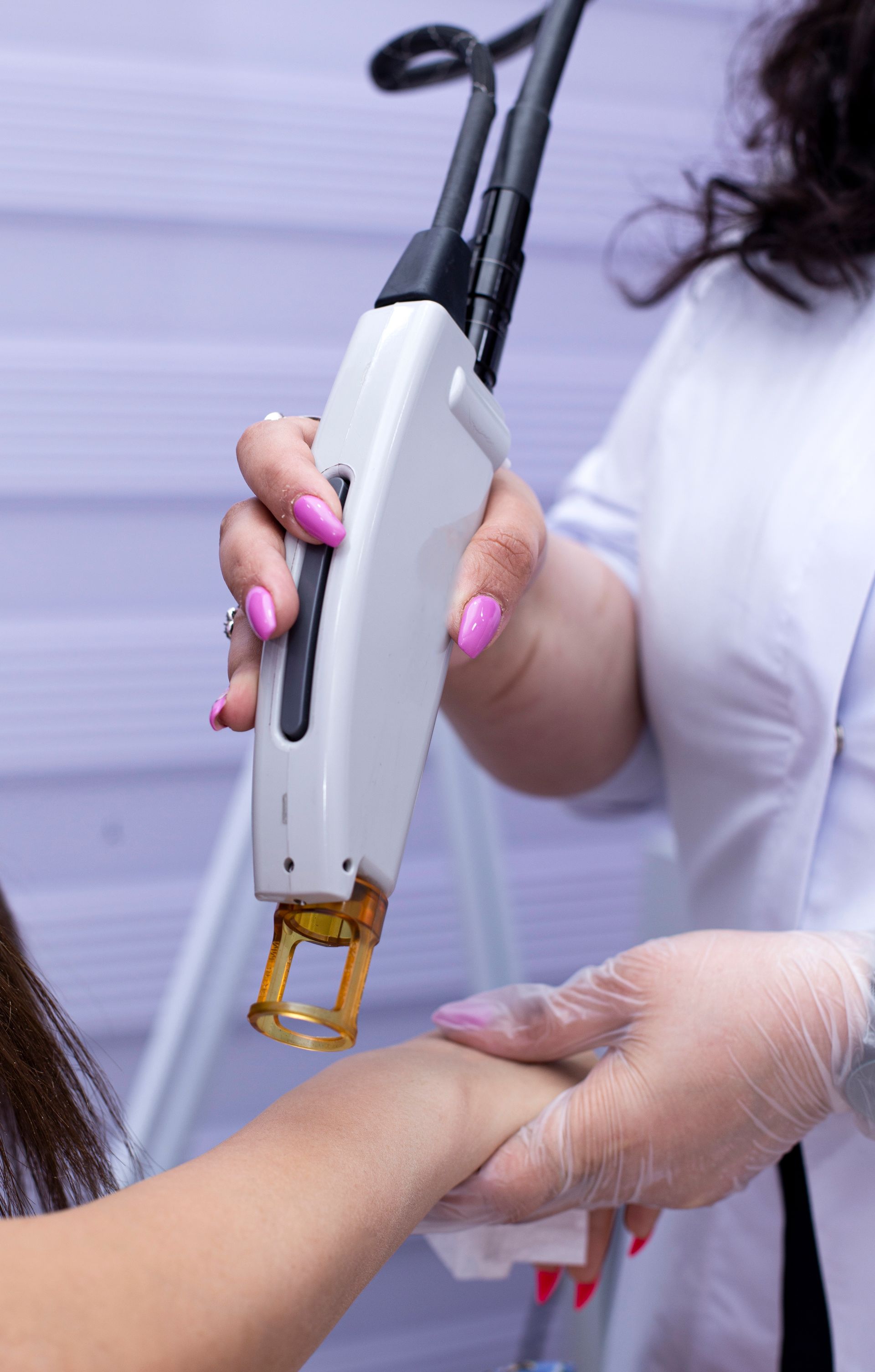What to Do After Laser Hair Removal: Your Complete Post-Treatment Care Guide
Laser hair removal is a game-changer when it comes to saying goodbye to constant shaving, painful waxing, and stubborn ingrown hairs. But while the treatment itself is fairly quick and straightforward, what you do after the session matters just as much—especially if you want smooth, lasting results without complications.
Whether you’ve just had your first appointment or you’re prepping for a full course of treatments, this blog will walk you through everything you need to know about post-laser hair removal care. We’ll cover what’s normal, what to avoid, how to soothe your skin, and expert advice straight from Huggie Beauty, where precision meets personalized care.
Can I Wash My Face After Laser Hair Removal?
Why Aftercare Is Crucial
Laser hair removal works by targeting the pigment in your hair follicles with concentrated light. This damages the follicle and delays or stops future hair growth. However, your skin—especially in sensitive areas—can be temporarily inflamed, red, or sensitive after a session.
That’s where aftercare comes in. It ensures:
- Proper healing of the skin
- Fewer chances of irritation or side effects
- Maximum hair reduction
- Long-lasting, smooth results
Skipping or ignoring post-care steps can lead to burns, hyperpigmentation, or ingrown hairs, especially if you have a darker skin tone or sensitive skin.
What to Expect Immediately After Treatment
Right after a session, it’s normal to experience:
- Redness and mild swelling around the follicles
- A sunburn-like feeling on the treated area
- Slight tenderness or itchiness
- Tiny bumps where each follicle was treated
This typically lasts a few hours to 48 hours, depending on your skin type and treatment area.
Clinics like Huggie Beauty will usually apply a soothing gel or aloe vera post-session and offer personalized instructions based on your skin.
What to do before laser hair removal on face?
Step-by-Step Aftercare: What You Should Do
1. Cool the Skin Gently
Apply a cool compress (not ice directly) to the treated area if you feel heat or discomfort. This helps soothe inflammation and brings down any swelling.
2. Use Gentle Skincare Products
Stick to mild, fragrance-free cleansers and moisturizers for at least 2–3 days. Anything with alcohol, glycolic acid, retinol, or exfoliating beads can irritate the skin.
Aloe vera gel is a great go-to. Many clients at Huggie Beauty are advised to use pure aloe to help calm the skin and accelerate healing.
3. Hydrate, Hydrate, Hydrate
Drink lots of water and keep your skin moisturized. Hydrated skin heals faster and maintains better texture post-treatment.
What to Avoid After Laser Hair Removal
Now that you know what to do, here’s what to absolutely avoid to keep your results intact:
1. Sun Exposure
This is a big one. Avoid sunbathing, tanning beds, or even long walks in direct sunlight for at least 7–10 days post-treatment. Your skin is more sensitive and at risk for hyperpigmentation and burns.
Always apply broad-spectrum SPF 30 or higher if you have to go outdoors.
2. Hot Showers, Saunas, and Steaming
Heat can aggravate treated skin. Stick to lukewarm water for bathing and skip steam rooms or saunas for 48 hours.
3. Heavy Makeup or Perfumed Products (on the face)
Avoid using foundation, toners, or any cosmetics with harsh chemicals on the treated area for at least 24–48 hours.
4. Exfoliation and Scrubbing
You might feel tempted to scrub off dead skin or shaving bumps, but hold off for about a week. Your skin is still recovering and rough handling can cause irritation or even scarring.
5. Hair Removal Methods Like Tweezing or Waxing
These disrupt the follicle and interfere with the laser’s effects. If you need to tidy up between sessions, only shave—never pluck or wax.
Can Laser Hair Removal on the Face Clear Acne?
When Will the Hair Start Falling Out?
About 5–14 days after treatment, the treated hair will begin to shed. This doesn’t mean the laser didn’t work—it’s actually a sign of progress.
Avoid the urge to pull the hair out manually. Let it fall out naturally or gently exfoliate with a soft washcloth after a week to help loosen the hairs.
Watch Out for These Side Effects
While laser hair removal is generally safe, here are a few things to look out for:
- Persistent redness or swelling beyond 48 hours
- Blisters, scabbing, or crusting
- Changes in skin color (hyperpigmentation or hypopigmentation)
- Burning sensation that worsens over time
If you experience any of the above, contact your clinic right away. At Huggie Beauty, post-care follow-ups are encouraged, and technicians are always available for support.
When to Schedule Your Next Session
Facial hair regrows faster than body hair, so follow your provider’s timeline for the best results. Typically, sessions are spaced:
- Every 4–6 weeks for the face
- Every 6–8 weeks for the body
Skipping or delaying sessions can allow the hair cycle to reset, which might reduce the treatment’s effectiveness.
How Many Laser Hair Removal Sessions for Face?
Extra Tips to Boost Your Results
- Stick to your schedule: Laser works best when timed with the hair’s natural growth cycle.
- Don’t panic if you still see hair: Multiple sessions are needed because not all follicles are active at once.
- Use a calming serum recommended by your provider to reduce redness and strengthen the skin barrier.
- Take before-and-after photos—you’ll love seeing your progress!
Conclusion: Your Skin Deserves the Right Aftercare
Laser hair removal is more than just a treatment—it’s a journey toward freedom from daily maintenance and unwanted hair. But like any journey, the path to great results depends on how well you care for yourself along the way.
With proper aftercare and expert guidance—like what you’ll find at Huggie Beauty—you’ll not only speed up healing but also maximize the effects of every session.
So, after your laser appointment, take a deep breath, follow your post-care plan, and trust the process. Smooth, glowing skin is closer than you think.
BOOK YOUR FREE SESSION
